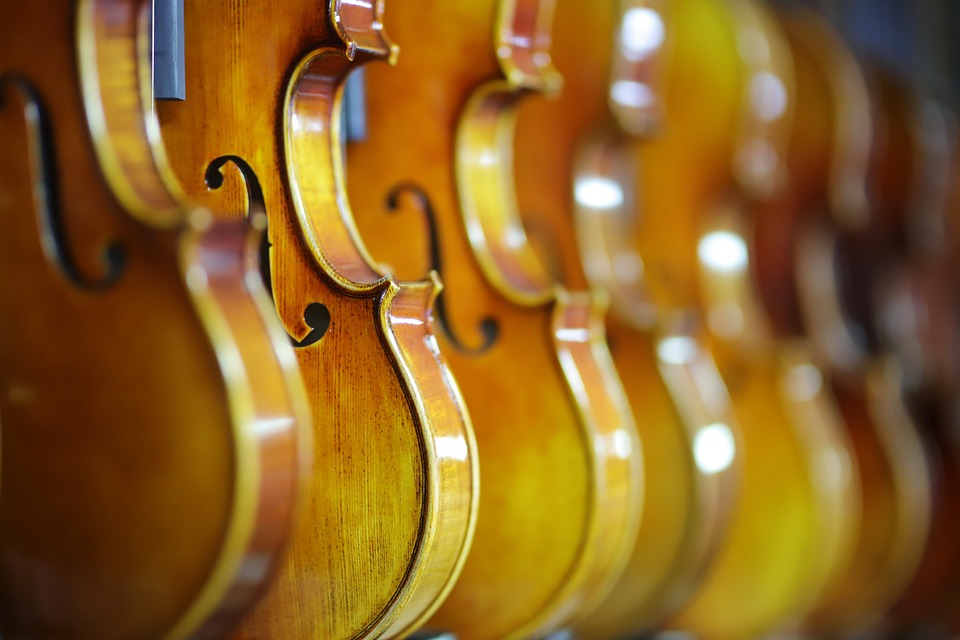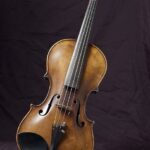The Evolution of Violin Pedagogy: Past, Present, and Future
Introduction
The violin is a versatile and complex instrument that has captured the hearts of music lovers for centuries. The study of violin pedagogy – the art and science of teaching violin – has evolved significantly over the years. In this article, we will explore the past, present, and future of violin pedagogy, including the methods and techniques that have shaped the way the violin is taught and learned.
The Past: Traditional Methods and Masters
In the past, violin pedagogy was largely based on traditional methods passed down from generation to generation. Master violinists such as Niccolò Paganini, Franz Liszt, and Ivan Galamian were instrumental in shaping the way the violin was taught in their time. Their methods focused on technical precision, musical expression, and the development of a personal style.
Paganini, known for his virtuosic playing and innovative techniques, emphasized the importance of practice and discipline in achieving mastery of the violin. Liszt, a renowned pianist and composer, believed in the power of music to convey emotion and expression. Galamian, a prominent violin teacher of the 20th century, stressed the importance of building a strong technical foundation and developing a musical interpretation unique to each student.
The Present: Modern Approaches and Innovations
In the present day, violin pedagogy has evolved to incorporate a variety of modern approaches and innovations. Technology has played a significant role in this evolution, with online resources, video tutorials, and virtual learning platforms making it easier than ever for students to access high-quality instruction.
Suzuki Method, developed by Japanese violinist Shinichi Suzuki, has gained popularity around the world for its emphasis on early childhood education and the belief that all children can learn to play the violin. The method focuses on listening, imitation, and repetition as key components of learning.
Other modern approaches, such as the Dounis Method and the Alexander Technique, emphasize the importance of body mechanics, relaxation, and mindfulness in playing the violin. These methods guide students in developing a healthy and efficient technique that enhances their overall playing experience.
The Future: Integrating Tradition with Innovation
As we look to the future of violin pedagogy, it is important to consider how we can integrate tradition with innovation to create a balanced and effective approach to teaching the violin. While traditional methods have stood the test of time and continue to be valuable resources for students and teachers alike, it is essential to incorporate modern techniques and technologies to provide students with a well-rounded education.
Virtual reality (VR) and augmented reality (AR) have the potential to revolutionize the way the violin is taught and learned. These immersive technologies can transport students to virtual concert halls, masterclasses, and practice rooms, allowing them to experience music in a whole new way. By integrating VR and AR into violin pedagogy, we can enhance the learning experience and inspire students to explore new possibilities in their playing.
In addition, collaborative learning platforms and online communities can connect students and teachers from around the world, enabling them to share resources, exchange ideas, and collaborate on projects. By fostering a sense of community and collaboration, we can create a supportive and inclusive environment where students can thrive and grow as musicians.
Conclusion
The evolution of violin pedagogy has been shaped by a rich history of traditional methods, modern approaches, and innovative technologies. By integrating tradition with innovation, we can create a dynamic and effective approach to teaching the violin that meets the needs of students in the 21st century and beyond.
As we look to the future, it is essential to embrace new technologies, collaborative learning platforms, and inclusive teaching methods that empower students to explore their creativity, express themselves through music, and fulfill their potential as musicians. By staying open to new ideas and approaches, we can continue to evolve and grow as teachers, students, and lovers of the violin.


